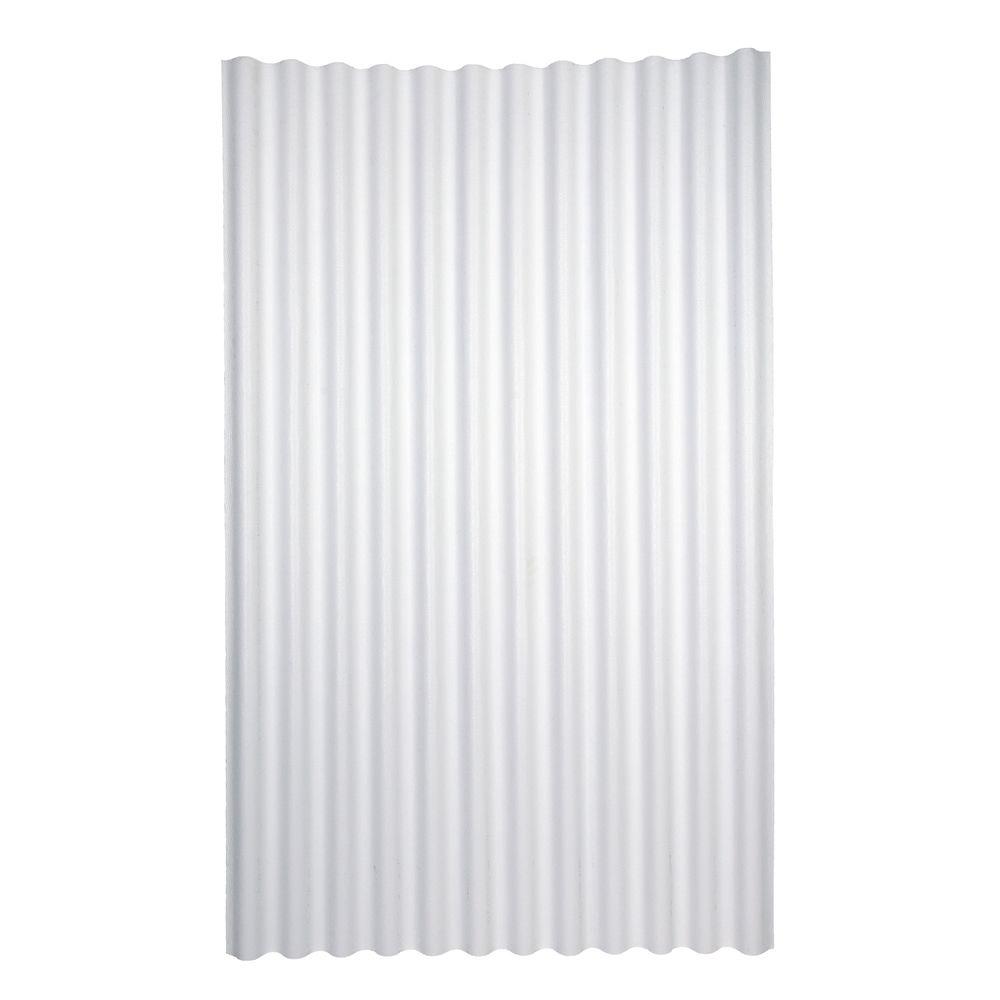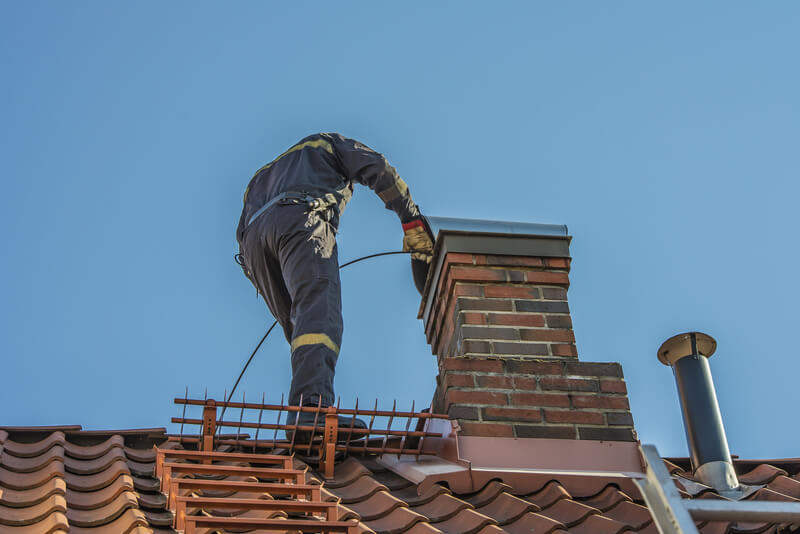 House Cleaning – My house for me is really a place the place my heart is. It’s a place the place I am blissful to be there. Professional finish of lease cleaners in Canberra advise washing hands for not less than 20 seconds or if you are using a hand sanitiser keep your palms moist with the solution for a few minutes. Cleaning expert Sandra Redmond, of British firm Molly Maid cleaners, revealed the steps everybody can take to maintain their properties glowing, especially with many spending more time inside.
House Cleaning – My house for me is really a place the place my heart is. It’s a place the place I am blissful to be there. Professional finish of lease cleaners in Canberra advise washing hands for not less than 20 seconds or if you are using a hand sanitiser keep your palms moist with the solution for a few minutes. Cleaning expert Sandra Redmond, of British firm Molly Maid cleaners, revealed the steps everybody can take to maintain their properties glowing, especially with many spending more time inside.
Wood sprays depart behind oily residues that entice dust For each day cleaning, simply dust with a dry microfiber material. Now, go set your timer and get cleaning. Some gadgets, like very massive and heavy products, don’t qualify right now. Attempt these tricks to clean your rest room higher and faster.
Dump the answer and wash the pot with sizzling, soapy water. The best way to clear your dashboard: Be careful when choosing dashboard cleansing merchandise, as many could cause glare. Having a small sponge or cleaning material in each room will make incidental clear ups easier and extra more likely to occur.
Although it might appear unbearable to attend for that undetermined period of time, cleansing specialists agree that the best choice proper now could be for you to arrange your house. To get at them, a dust mitt or dust material works wonders, but you may also use dusting spray or a disinfecting wipe to get the job finished.
Shelf dividers stop folded washcloths from toppling over, and baskets corral surplus rest room paper and cleaning provides. Linoleum must also not be cleaned utilizing extremely popular water, abrasives or with wax- or solvent-based mostly products. Residence sellers who haven’t got the time or don’t wish to take the risk of DIY cleaning damaging their dwelling can attain out to lengthy-established professionals of their area for advice and a quote to place their dwelling at its greatest.…

 Every factor that it’s worthwhile to know to start your personal enterprise. From fashionable to traditional designs, minimal to intricate details, muted to vibrant colors, compact to spacious sizes, we offer virtually every sort of furniture online to match your inside design. Clients are allowed to create an account on the Website to be able to transfer through the web checkout process sooner, retailer multiple shipping addresses, view orders and reap the benefits of other helpful companies that we provide.
Every factor that it’s worthwhile to know to start your personal enterprise. From fashionable to traditional designs, minimal to intricate details, muted to vibrant colors, compact to spacious sizes, we offer virtually every sort of furniture online to match your inside design. Clients are allowed to create an account on the Website to be able to transfer through the web checkout process sooner, retailer multiple shipping addresses, view orders and reap the benefits of other helpful companies that we provide. A Plus Roofing offers photo voltaic. You will even discover a handy listing of steel roofing professionals and cons Use our free downloadable Roofing Information for Homeowners to help gain the data and instruments you may want to choose the fitting product and hire the right particular person to put in your own home’s roof.
A Plus Roofing offers photo voltaic. You will even discover a handy listing of steel roofing professionals and cons Use our free downloadable Roofing Information for Homeowners to help gain the data and instruments you may want to choose the fitting product and hire the right particular person to put in your own home’s roof.
 Considering Of Alternative Home windows For Your House? Earlier than you estimate alternative costs, it is vital to inspect the prevailing window frames for damage or rot from bugs and moisture. Aluminum home windows are the least costly and are low-maintenance, however additionally they offer the least vitality efficiency of any window material available.
Considering Of Alternative Home windows For Your House? Earlier than you estimate alternative costs, it is vital to inspect the prevailing window frames for damage or rot from bugs and moisture. Aluminum home windows are the least costly and are low-maintenance, however additionally they offer the least vitality efficiency of any window material available. As we are constructing in react native the ultimate end result is ipa for iOS and apk for android which is the installer for our this tutorial we are going to discover methods to create this installer for iOS and Android. Vinyl windows offer fashionable model, and reasonably priced luxury, with a lower cost point than their wood counterparts, but they come in a restricted shade range, which may limit type options. Home windows enable natural mild to enter, but too much can have unfavorable results such as glare and heat gain.
As we are constructing in react native the ultimate end result is ipa for iOS and apk for android which is the installer for our this tutorial we are going to discover methods to create this installer for iOS and Android. Vinyl windows offer fashionable model, and reasonably priced luxury, with a lower cost point than their wood counterparts, but they come in a restricted shade range, which may limit type options. Home windows enable natural mild to enter, but too much can have unfavorable results such as glare and heat gain. Choose your home windows based on size, color and elegance preferences. Regardless that the home is a bit shabby and the one-over-one double-hung window on the left is an inexpensive replacement, it still provides a better look than the casement window on the suitable. Replacement home windows, also referred to as retrofit home windows, are designed for current properties.
Choose your home windows based on size, color and elegance preferences. Regardless that the home is a bit shabby and the one-over-one double-hung window on the left is an inexpensive replacement, it still provides a better look than the casement window on the suitable. Replacement home windows, also referred to as retrofit home windows, are designed for current properties. With perks like free Wi-Fi, complimentary coffee and tea, a supervised children play area and a pleasant, non-commission staff, Residing Areas makes looking for dwelling furnishings fun and easy. However with fewer brick and mortar shops than Crate & Barrel, your greatest wager is buying online for CB2 products. Total gross sales both in store and on-line dropped eight.7 p.c from February, the most important decline because the U.S. Department of Commerce began tracking the data 30 years ago.
With perks like free Wi-Fi, complimentary coffee and tea, a supervised children play area and a pleasant, non-commission staff, Residing Areas makes looking for dwelling furnishings fun and easy. However with fewer brick and mortar shops than Crate & Barrel, your greatest wager is buying online for CB2 products. Total gross sales both in store and on-line dropped eight.7 p.c from February, the most important decline because the U.S. Department of Commerce began tracking the data 30 years ago. Thinking Of Substitute Windows For Your Residence? A lot of the costly vinyl or wooden window designs sold by window corporations immediately as a historic window substitute are a nasty match and don’t look proper. Including storm windows can scale back air leakage and improve consolation. This window fashion predates the home.
Thinking Of Substitute Windows For Your Residence? A lot of the costly vinyl or wooden window designs sold by window corporations immediately as a historic window substitute are a nasty match and don’t look proper. Including storm windows can scale back air leakage and improve consolation. This window fashion predates the home. The Laptop Know-how (CT) program has been developed to provide coaching throughout the ideas underlying the design of current laptop programs. For patrons, Sotheby’s Dwelling offers timeless items, offering entry to unique collections that previously wouldn’t be obtainable online, from showrooms and galleries, alongside one-of-a-sort objects from dealers, inside designers and personal consignments.
The Laptop Know-how (CT) program has been developed to provide coaching throughout the ideas underlying the design of current laptop programs. For patrons, Sotheby’s Dwelling offers timeless items, offering entry to unique collections that previously wouldn’t be obtainable online, from showrooms and galleries, alongside one-of-a-sort objects from dealers, inside designers and personal consignments.